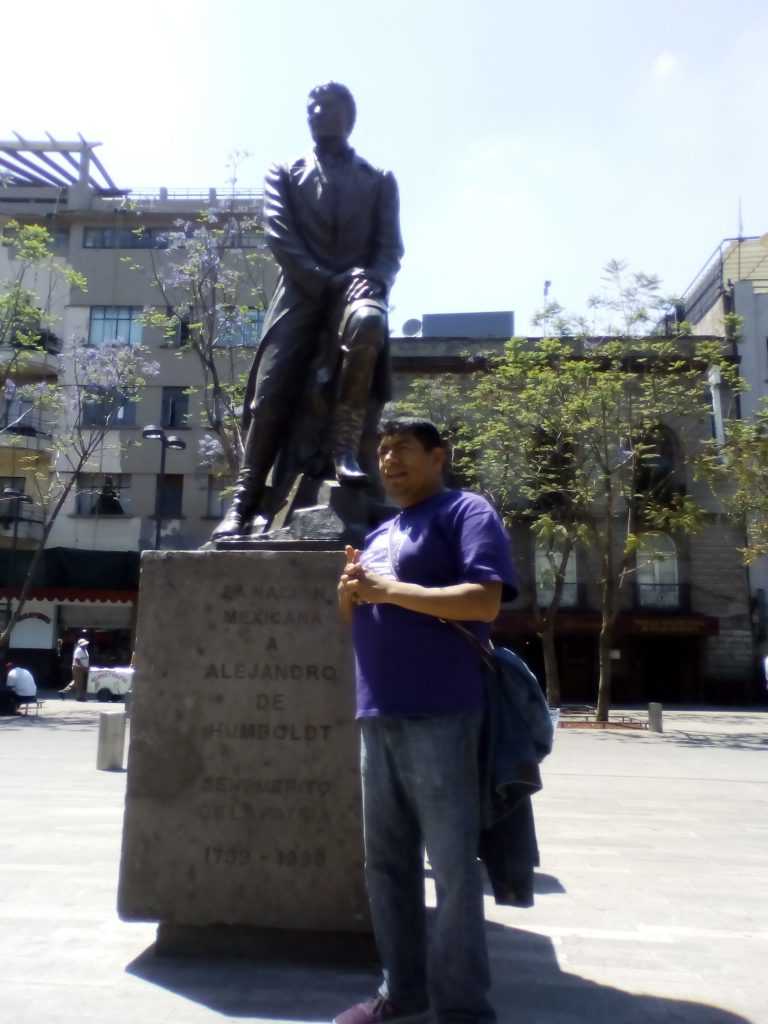In 2009 Mexico City saw Mayor Marcelo Ebrard approve same-sex marriages and establish legal dispositions against homophobia and hate crimes, but the road to become a LGBTTTI friendly city was not a smooth one. The progressive city we love and live in today is a product of a decades-long struggle for equal rights and visibility led by civilian organizations and individuals from all fronts. However, sexual diversity and non-conforming identities continue to be shut out from certain narratives, a yawning gap in inclusion that still remains and one that academics and researchers strive to solve.

One of the ongoing endeavors to recover the queer from our remote and recent past is the “Jotitur,” a walking tour through Mexico City’s downtown that elicits the gay buried under centuries of heteronormative history. The walk, led by historian Alonso Hernández, renders el Centro as a life-size template to map out the exploits or acts of resistance that took place from the times of fierce Cotita de la Encarnación to the age of Nancy Cárdenas and Monsi. A love child of research and a passionate affair, the “Jotitur” has become one of the top favorites among the activities of Archivos y Memorias Diversas, an NGO devoted to preserve and restore the social and cultural history of the LGBTTTI community.

Investigative efforts such as Alonso’s project give visibility to the scope of influence the LGBTTTI community has on society and to the harsh repression they have faced throughout history. The story of the raid of the 41, the “lagartijos” and even the design of the Sanborns’ restrooms help illustrate some of the battles the community fought to be able to freely occupy both private and public spaces. The walk is also an experience of collective memory as it provides room for conversation about the changes the modern queer-scape has undergone, from intersectional party spaces to the effects of gentrification.










